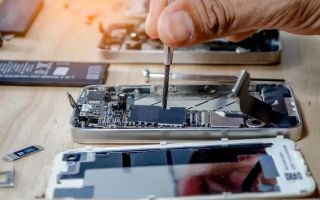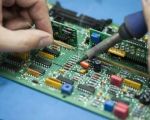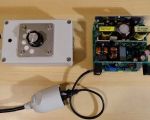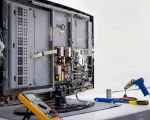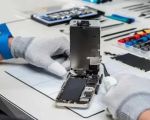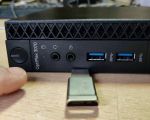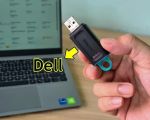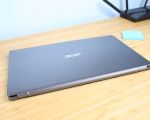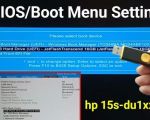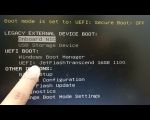How to Use a Bootable USB to Run Diagnostic Tests
- Understanding Bootable USBs
- Preparing the Bootable USB
- Using Diagnostic Tools on the USB
- Benefits of Using a Bootable USB for Diagnostics
- Troubleshooting Tips for Bootable USB Issues
Understanding Bootable USBs
A bootable USB drive is a powerful tool that allows you to run diagnostic tests and even repair your computer, bypassing the operating system entirely. It contains a system image or utility that is capable of booting your computer and performing tasks like diagnosing hardware problems, fixing corrupted files, or even reinstalling your operating system.
Having a bootable USB drive is especially helpful in situations where your computer is unable to start up normally, allowing you to run tests that may help you pinpoint the issue.
Preparing the Bootable USB
To use a bootable USB for diagnostic tests, you first need to create one. This process involves downloading diagnostic software, such as a system recovery tool or a hardware diagnostic tool, and transferring it to a USB drive. Here's how to prepare it:
- Select a reliable USB drive: Choose a USB drive with sufficient storage, at least 4GB, to hold the necessary diagnostic tools.
- Download diagnostic tools: Tools such as MemTest86, Windows Recovery Environment (WinRE), or specific manufacturers' diagnostic tools can be downloaded from their official websites.
- Use a bootable USB creation tool: Programs like Rufus or UNetbootin can help you create a bootable USB by transferring the diagnostic software onto the drive.
- Set the BIOS to boot from USB: Once your USB is prepared, ensure your computer’s BIOS is configured to boot from the USB drive rather than the hard drive.
Using Diagnostic Tools on the USB
Once the bootable USB is prepared and the computer boots from it, you can begin running diagnostic tests. The diagnostic tools will vary based on the software installed, but most tools will offer options to:
- Run hardware diagnostics: Check the status of your hard drive, memory, CPU, and other vital components to ensure they are functioning correctly.
- Repair system files: Tools like the Windows Recovery Environment can help repair corrupted files and restore system functionality.
- Test system performance: Some tools provide stress tests to assess the computer's overall performance and identify potential bottlenecks.
Be sure to follow the on-screen prompts carefully to ensure the tests are run correctly and any necessary repairs are made.
Benefits of Using a Bootable USB for Diagnostics
There are numerous advantages to using a bootable USB for diagnostics:
- Easy troubleshooting: If your computer is unable to boot up, a bootable USB can be used to identify and potentially fix the issue without needing to open the machine.
- Portable solution: Since the USB drive is portable, you can carry it around and use it on different computers for diagnosing issues on multiple machines.
- No need for installation: Unlike installing software on your computer, a bootable USB requires no installation, making it a quick and efficient solution.
Troubleshooting Tips for Bootable USB Issues
While bootable USB drives are incredibly useful, they can sometimes encounter issues. Here are a few troubleshooting tips to help you out:
- Check the USB format: Ensure the USB drive is properly formatted to boot. Use FAT32 or NTFS as the file system for compatibility.
- Recheck BIOS settings: Verify that the BIOS is set to boot from USB first, as some systems default to booting from the hard drive.
- Test on a different computer: If your computer fails to boot from the USB, try it on another machine to rule out issues with the USB itself.




